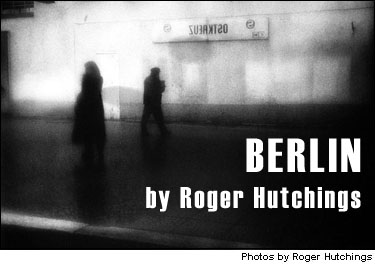|
City and Photography June 2003 It is not easy to depict a city without falling into the celebration of its monuments, the description of the touristic and picturesque, the representation of the obvious and the portrayal of banal photographic sequences. The photography critic Jean Claude Lemagny analysed the theme of “City and Photography” in the book “La Ville Art et Architecture en Europe 1870-1993” and declared that photography has still a lot to say in relation to the enormous growth of the cities. This in spite of the quantity and quality of the photographers: only to mention W. Klein, R. Frank, the Italians Basilico and Ghirri and the French Bernard Plossu and Jean-Philippe Charbonnier. The cities in the way they reveal themselves to us have a great handicap, not only for the photographer, but also and even more for the tourist, that we all have a visual precedent in our memory given to us by the constant and repetitive visual communication that surrounds us. We already know what we will be able to see, so the trip becomes the recollection of someone else’s experience. And not only that, even news information can have an influence on the way we look at and see things. How can we not think of a mob leader each time we see a black car in Moscow, or how can we not notice only crime in Rio? The best way to know a city is to walk through the city streets without prejudice, leaving at home the tourist guides and discarding other people’s ideas, trying to use our own minds and our own emotional visions, pursuing our own personal research and not accepting the recollection of a deja-vu. This is the spirit with which Roger Hutchings visited Berlin . The city has been in the center of attention in the last months for the tenth anniversary of the Wall fall. The pictures presented in this exhibition show a city in construction trying to imitate the rich and opulent west, the apparent reunion of the two cities, the presence of a never resolved past such as the Wall and the Holocaust Museum the immediate display of American advertising images, and the important presence of the subway. Roger Hutchings could not imagine that those pictures were the visual representation that expressed the melancholy of feeling out of place, the great problem of unemployment, the empty apartments, the resistance of many companies to moving from Frankfurt and other cities to the Capital, and all the other negative sides of a forced and too easily celebrated reconstruction. The light of these pictures is the one of Wim Wenders movies but
with a more morbid density and a harder and closer cut to the images;
only the sky light seems to put a veil of poetry and feeling on this
city that is trying to find a balance between East and West, and Past
and Present |
||
Enter
Berlin - by Roger Hutchings
|
Write a Letter
to the Editor |
